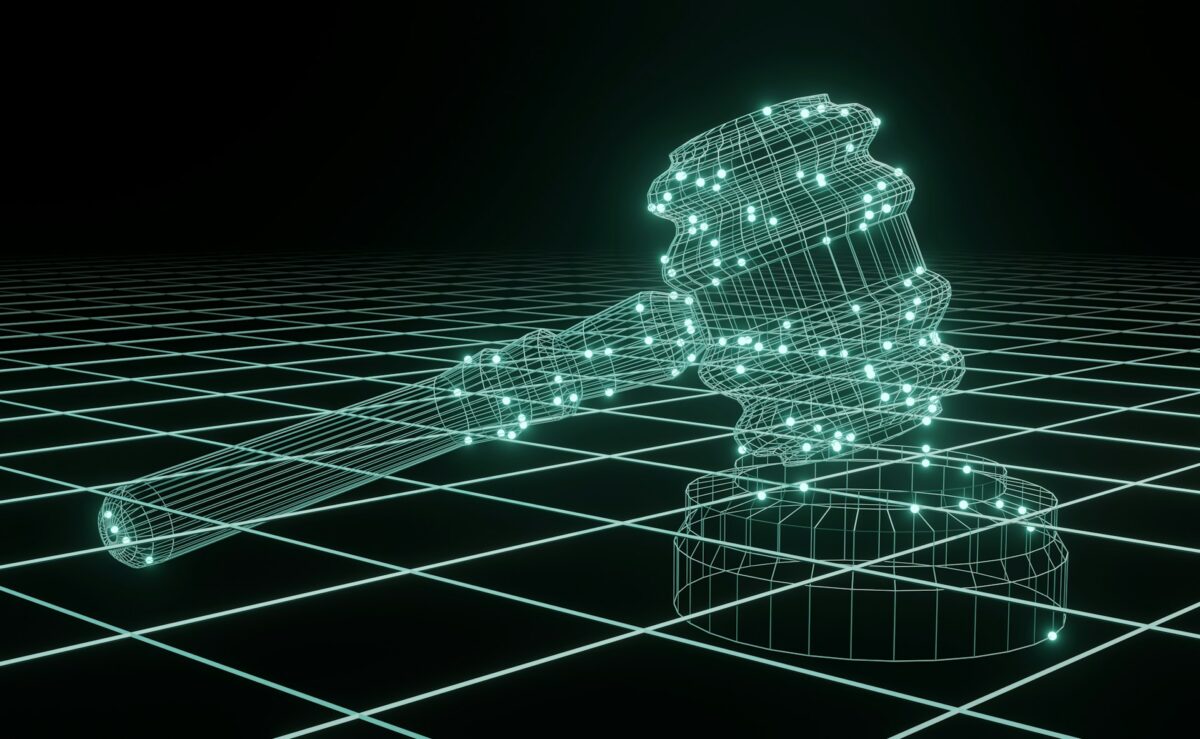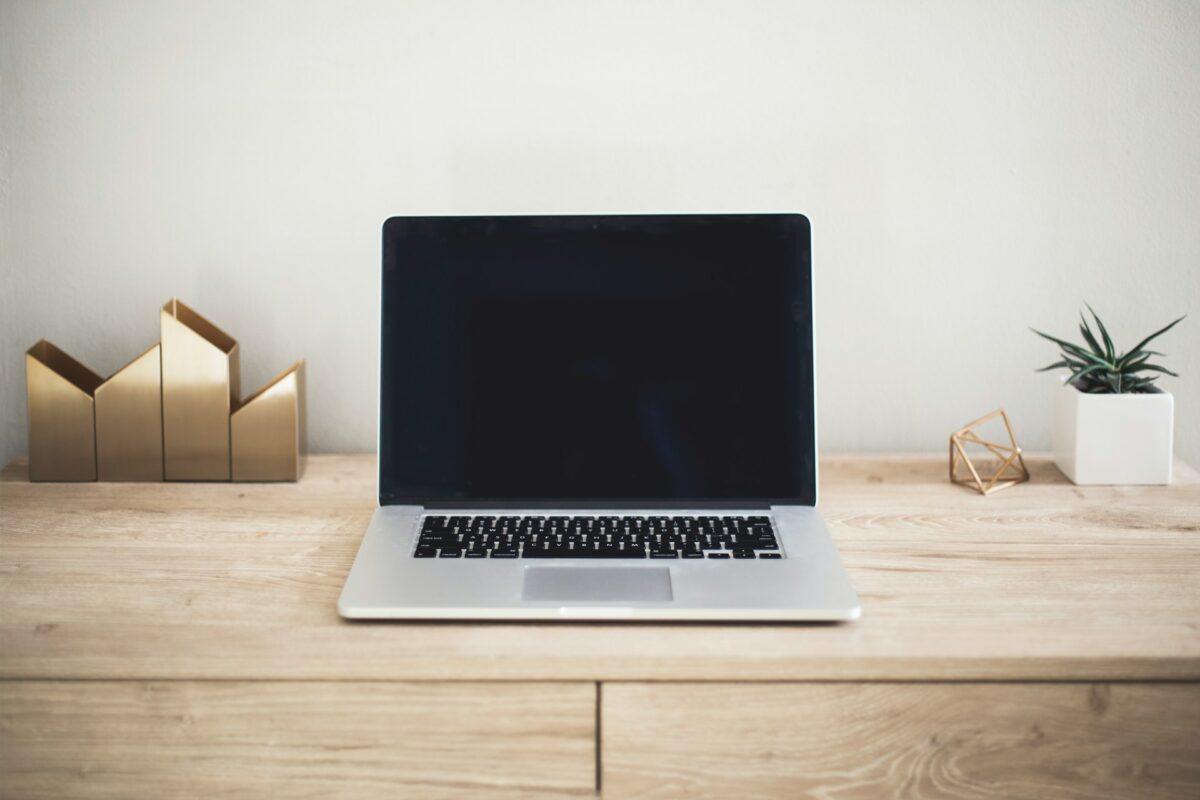How Blockchain Technology is Revolutionizing Information Security
The protection of information has always been of paramount importance in the realm of contemporary technology; but, as cyber threats become more sophisticated, conventional techniques for safeguarding data are beginning to demonstrate their shortcomings. Blockchain technology, which was previously almost exclusively connected with cryptocurrencies, is currently being used in a wide range of applications other than digital money. Due to its decentralized structure, cryptographic security, and tamper-resistant architecture, it is a very strong tool for the purpose of safeguarding data, authenticating identities, and developing digital ecosystems that are transparent. This article investigates the ways in which blockchain technology is revolutionizing information security in a variety of different sectors, as well as what the future may hold for this technology.
Decentralization as the Basis for Security
Blockchain technology’s decentralized nature is one of its most significant advantages. Blockchain technology differs from centralized systems in that it distributes records over numerous nodes, while centralized systems keep all of their data in a single place. This makes it far more difficult for attackers to compromise data since there is no single point of failure. The system as a whole will not be compromised even if one of the nodes is infiltrated.
Records that Cannot Be Altered
The blockchain technology guarantees that once data has been recorded, it will be impossible to change it without being discovered. The cryptographic hashing and consensus techniques that are used to authenticate each new entry are responsible for this immutability. In this context, security experts must ensure that the audit logs, transaction records, and essential data remain dependable and are not susceptible to manipulation.
Improved Management of Identity and Access
Usernames, passwords, and centralized databases are often used by traditional identification systems. However, these systems are vulnerable to hacking or leaks. Decentralized identity frameworks are made possible by blockchain technology, which allows people to manage their digital identities without needing to depend on third-party services that are susceptible to security breaches. By enabling users to give just the bare minimum of personal information that is necessary, this minimizes the chance of identity theft while also increasing privacy.
Verification and Integrity of Data
It is of utmost importance to guarantee that information has not been altered in a variety of businesses. The use of blockchain technology makes it possible to give verifiable confirmation of data integrity. For instance, blockchain technology may be used in supply chains to ensure authenticity by monitoring and verifying each stage of a product’s journey. Patients’ medical records, which are maintained on the blockchain, may be verified and shared securely between providers in the healthcare industry without any concern that they would be manipulated.
Cryptographic Security as the Central Element
All transactions that are made on a blockchain are encrypted using cryptographic algorithms. These algorithms also serve to connect each transaction to those that came before it. The fact that it is necessary to modify every record preceding the one that is being changed whenever a single record is altered is guaranteed by this chain-like architecture. On large decentralized networks, this is almost hard to do. Because of this, the blockchain is inherently resistant to manipulation, fraud, and any updates that have not been allowed.
Minimizing the Dangers Posed by Insiders
Even in conventional information technology (IT) settings, insider assaults are still considered to be one of the most serious dangers. This is due to the fact that workers or contractors who have access to systems use their privileges to undermine them. The decentralized verification approach that is used by blockchain makes it more difficult for hostile actors inside an organization to modify or steal critical information without being noticed since it lessens the dependence on a single administrator or insider.
Smart contracts are used for automated security
Smart contracts, which are agreements that are written into the blockchain and execute themselves automatically, provide an additional layer of security. They automatically implement security regulations without requiring any human interaction. To illustrate, the possibility of human mistake or neglect in the enforcement of access rules may be minimized by using a smart contract, which can guarantee that sensitive data are only accessible after consent from several parties has been obtained.
Application in Cybersecurity Infrastructure
Blockchain technology is starting to be included into the cybersecurity frameworks of organizations. In order to maintain the continuity of the story, the author made the decision to include the original characters in the sequel.
- Domain name systems may avoid single points of attack by using distributed DNS.
- Secure Messaging: Developing communication systems that are completely impossible to tamper with.
- Systems Designed to Prevent Fraud: Using verification based on blockchain technology to identify irregularities in financial transactions
Blockchain’s capacity to enhance resistance against assaults that take advantage of flaws in centralized systems is shown by these applications.
Difficulties and Restrictions
Despite the fact that blockchain provides substantial security advantages, it is not an ideal solution. Among the issues that need to be addressed are the worries about scalability, the possibility of smart contracts that are poorly drafted, and the high energy consumption of some consensus processes. In addition, blockchain networks are only as safe as their design and execution, therefore vulnerabilities may still be created by bad coding or governance.
Issues of Compliance and Regulation
There are also concerns of regulation that arise when blockchain is used in areas where security is of the utmost importance. The fact that blockchain is immutable may be in contradiction with data protection rules, since a few legislation need the capacity to remove personal data. The governments and organizations of the world are collaborating to develop frameworks that will strike a balance between compliance and the advantages of tamper-resistant technology.
Anticipated Developments
It is anticipated that as blockchain technology develops further, its integration within the field of information security will continue to grow. Blockchain technology has the potential to become a security layer that is widely used in a variety of businesses. This might occur if there are advancements in energy-efficient consensus mechanisms, improved smart contract auditing tools, and more robust interoperability standards. When it comes to conventional security approaches, there is a greater likelihood that it will be complementary rather than substitutive, which will result in hybrid systems that combine the efficiency of centralized systems with the trustworthiness of decentralized systems.
Conclusion: This research endeavor has provided the opportunity to investigate the relationship between the use of cannabis and the incidence of mental health disorders.
Through the provision of decentralized control, records that cannot be altered, better identity management, and innate resistance to manipulation, blockchain technology is revolutionizing the field of information security. Despite the fact that there are still obstacles to overcome, it is considered to be one of the most promising developments in the field of cybersecurity because of its ability to safeguard sensitive information, prevent fraud, and increase trust across digital systems. The role that blockchain plays in maintaining transparency and preserving data is expected to become a fundamental component of digital security plans around the globe in the years to come.


